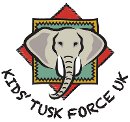
The DSWT's Projects
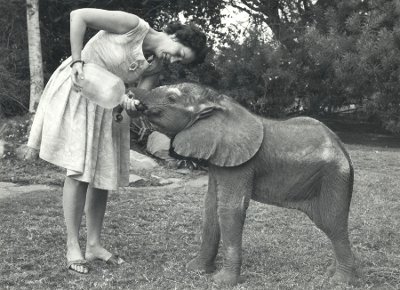 For over 25 years, Kenya-born Dame Daphne Sheldrick lived and worked alongside David Sheldrick, during which time they raised and successfully rehabilitated many wild species.
For over 25 years, Kenya-born Dame Daphne Sheldrick lived and worked alongside David Sheldrick, during which time they raised and successfully rehabilitated many wild species.
Daphne Sheldrick’s involvement with wildlife has spanned a lifetime, and she is now a recognised international authority on the rearing of wild creatures and is the first person to have perfected the milk formula and necessary husbandry to successfully raise infant milk-dependent elephants and rhinos. Since the death of her husband, Daphne and her family have lived and worked in Nairobi National Park where they have built The David Sheldrick Wildlife Trust (DSWT) and its pioneering Orphans’ Project into the global force for wildlife conservation that it is today.
ORPHANS’ PROJECT
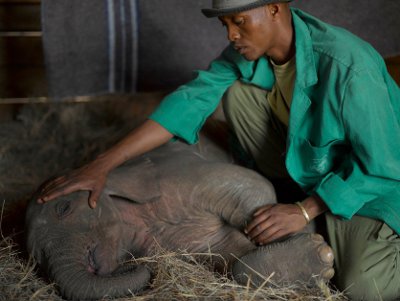 To date, the DSWT has successfully hand-raised over 200 infant elephants and has accomplished its long-term conservation priority by effectively reintegrating the orphans back into the wild herds of Tsavo, claiming many healthy wild-born calves from former-orphaned elephants.
To date, the DSWT has successfully hand-raised over 200 infant elephants and has accomplished its long-term conservation priority by effectively reintegrating the orphans back into the wild herds of Tsavo, claiming many healthy wild-born calves from former-orphaned elephants.
The DSWT is on call every day of the year, travelling throughout Kenya to rescue orphaned elephants and rhinos left alone with no hope of survival.
Many of the orphans rescued are victims of poaching and human-wildlife conflict and are in a terrible state of emaciation and distress on arrival. Each elephant remains at the Nursery until they are ready to make the journey to one of three rehabilitation stockades at Voi, Ithumba and Umani Springs.
This second phase of rehabilitation at the stockades proudly sees each elephant orphan’s gradual transition back into the wild herds of Tsavo.
Taken at each individual’s own pace over a period of up to ten years, over time the elephants grow to be part a much loved human-elephant family, finally choosing to go wild.
ANTI-POACHING
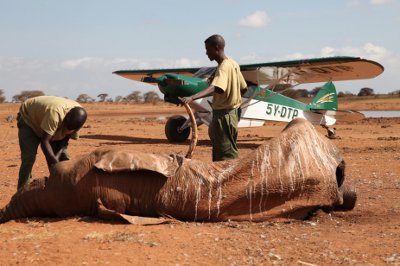 With the value of ivory and rhino horn at its highest ever levels due to an insatiable demand, both elephant and rhino are under threat like never before.
With the value of ivory and rhino horn at its highest ever levels due to an insatiable demand, both elephant and rhino are under threat like never before.
To combat these devastating activities the DSWT operates 11 fully-equipped De-Snaring Units working together with the Kenya Wildlife Service (KWS).
Ten of these units are protecting the greater Tsavo Conservation Area covering a vast 60,000km2, one being fully mobile to operate throughout the TCA where it is needed the most, while another De-Snaring Unit is dedicated to protecting Meru National Park in central Kenya. With data collected daily from the field, the DSWT is also utilising a sophisticated database to capture vital trends relating to wildlife and illegal activities. This data is a valuable indicator of wildlife trends for the KWS, the country and the scientific community as a whole. Most importantly, these teams save wild lives every day by recovering and confiscating deadly snares and providing a constant presence that deters poachers from their illegal activities.
AERIAL SURVEILLANCE
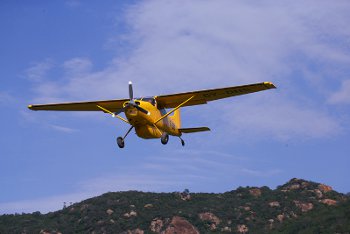 Supporting the Kenya Wildlife Service in addressing the many challenges facing the Tsavo Conservation Area, the DSWT’s Aerial Unit is dedicated to attending emergency anti-poaching activities, capturing operations and providing veterinary intervention.
Supporting the Kenya Wildlife Service in addressing the many challenges facing the Tsavo Conservation Area, the DSWT’s Aerial Unit is dedicated to attending emergency anti-poaching activities, capturing operations and providing veterinary intervention.
The Aerial Unit operates seven aircraft, including five fix-wing planes and two rapid response a helicopters, all of which are active in the field throughout the Tsavo ecosystem as well as within the Lamu District. The combination of active ground teams and an ‘eye in the sky’ have resulted in many successes in preventing poaching attacks, apprehending poaching offenders and recovering tusks, whilst saving the lives of many injured elephants and other wildlife species affected by poaching incidents.
MOBILE VETERINARY UNITS
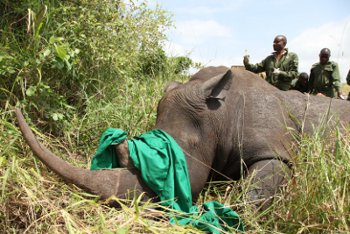 The DSWT operates five fully equipped Mobile Veterinary Units and a Sky Vets initiative headed by Kenya Wildlife Service Vets.
The DSWT operates five fully equipped Mobile Veterinary Units and a Sky Vets initiative headed by Kenya Wildlife Service Vets.
These units alleviate the suffering of injured wild animals on an unprecedented scale. The Sky Vets initiative funds and coordinates the deployment of KWS vets to emergency wildlife cases throughout Kenya by air and is a vital addition to the DSWT’s veterinary program. Over the past five years, the DSWT-funded vet teams have attended over 1,100 wild elephants and the lives of countless other species have been saved.
COMMUNITY OUTREACH
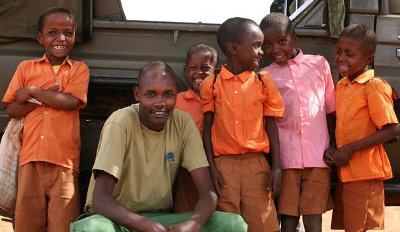 For over a decade the DSWT has worked to improve the livelihoods and educational standards of people living along the borders of Kenya’s National Parks and protected areas through the introduction of community initiatives and local employment.
For over a decade the DSWT has worked to improve the livelihoods and educational standards of people living along the borders of Kenya’s National Parks and protected areas through the introduction of community initiatives and local employment.
In an effort to educate the next generation, on average 63,000 Kenyan school children visit the Orphans’ Project at the Nairobi Nursery every year to learn about elephants and their environment.
The Trust also funds up to 70 conservation- based field trips throughout the year where over 2,000 children are able to enjoy Kenya’s National Parks free of charge.
SAVING HABITATS
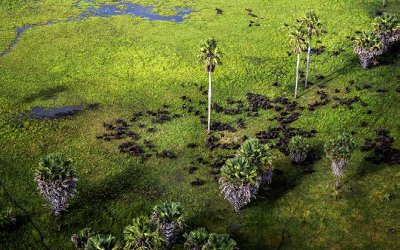 In order to protect the future of all wildlife and biodiversity, the DSWT is taking huge steps to safeguard unique and endangered wild habitats by securing Public-Private Partnerships with the Kenya Forest Service and Community Group Ranches.
In order to protect the future of all wildlife and biodiversity, the DSWT is taking huge steps to safeguard unique and endangered wild habitats by securing Public-Private Partnerships with the Kenya Forest Service and Community Group Ranches.
The Tsavo Conservation Area is Kenya’s largest wildlife refuge, harbouring the country’s single largest population of elephants and a greater biodiversity of species than any other conservation area in the world.
In addition to the ongoing wildlife security programs and our elephant rehabilitation units at Voi, Ithumba & Umani, the Trust owns 4,000 acres of land adjoining Tsavo East National Park.
The DSWT in Action
All images copyright The David Sheldrick Wildlife Trust
To find out more about the work of The David Sheldrick Wildlife Trust, please visit their website at www.sheldrickwildlifetrust.org
